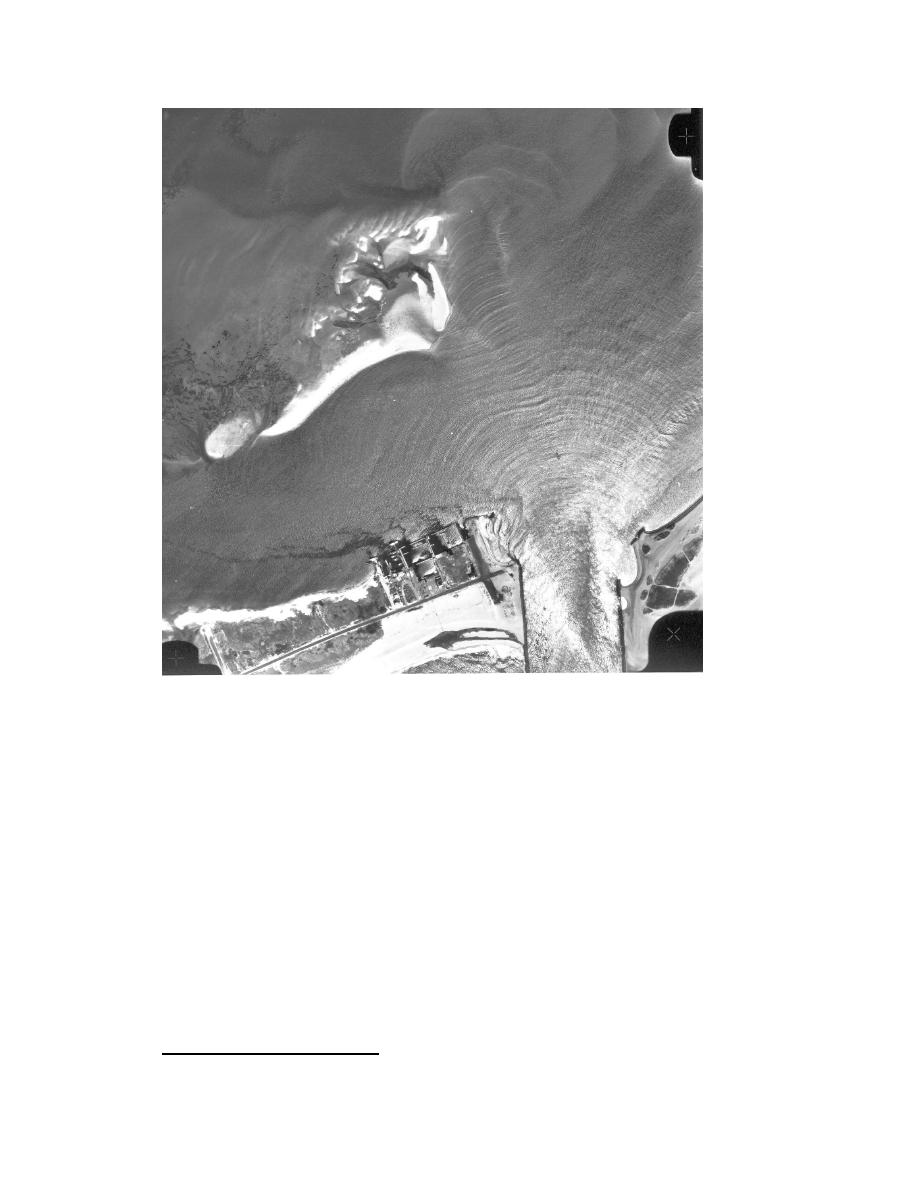
Figure 1. Wave diffraction and refraction into Shinnecock Bay, Long Island,
New York
With the advancement of numerical techniques to simulate wind-waves,
laboratory data sets have proven beneficial for checking the reliability of the
numerical code. As part of the Coastal Inlets Research Program (CIRP),1 this
study was performed to provide data to support numerical model development
and to understand wave refraction-diffraction in the vicinity of coastal inlet
entrance channels. In particular, wave height and wave direction were measured
throughout the inlet region.
Previous laboratory simulations of refraction-diffraction phenomena have
been conducted on flat or uniformly sloping bottom contours in the vicinity of a
jetty, offshore breakwater, or two semi-infinite offshore breakwaters with a gap.
Harms (1979) examined diffraction behind a shore-connected breakwater. Hales
(1980) examined wave refraction-diffraction behind a shore-connected
breakwater with a uniform beach slope. Briggs, Thompson, and Vincent (1995)
studied diffraction behind a semi-infinite breakwater on a flat bottom. Yu et al.
1
For convenience, symbols and abbreviations are listed in the notation (Appendix A).
2
Chapter 1 Introduction



 Previous Page
Previous Page
